Mikhail Prekhner. New Additions to the Museum’s Collection
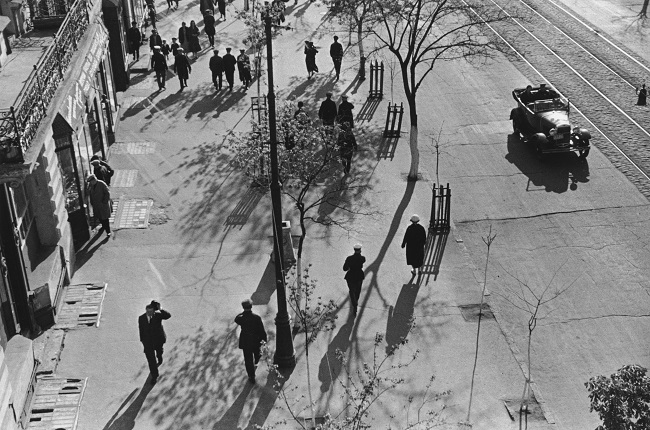
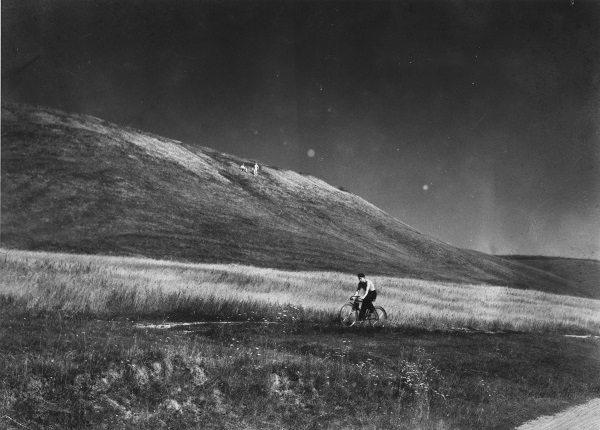

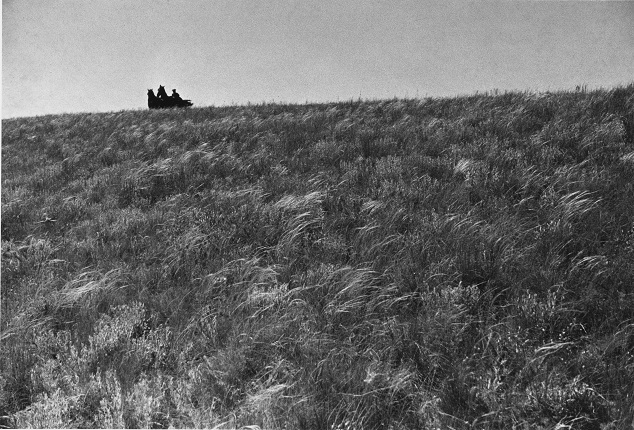
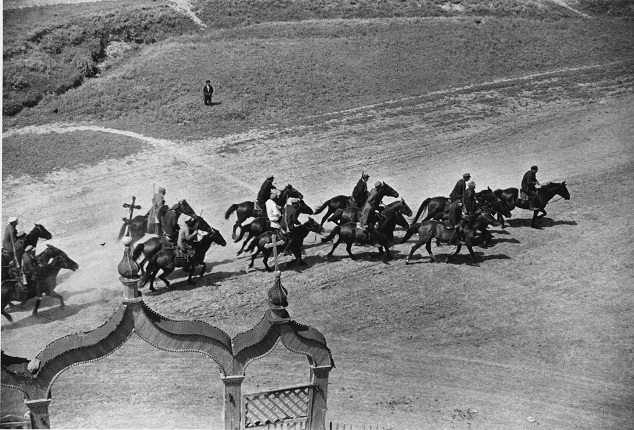
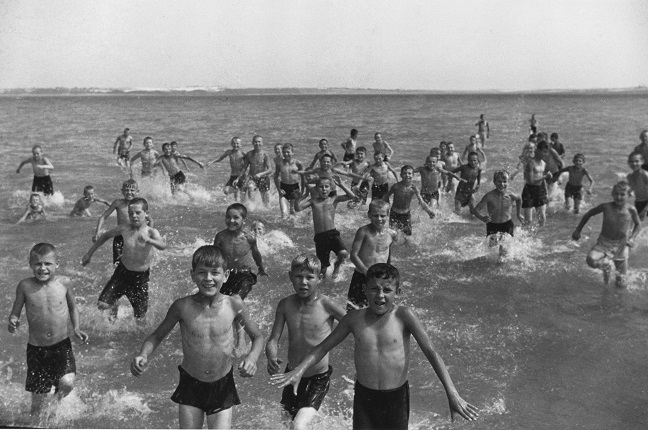
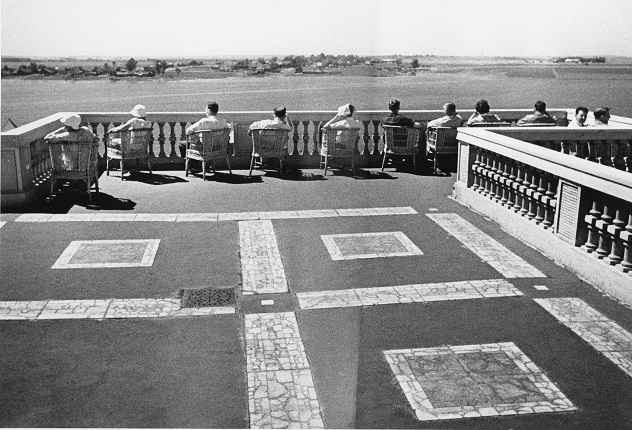
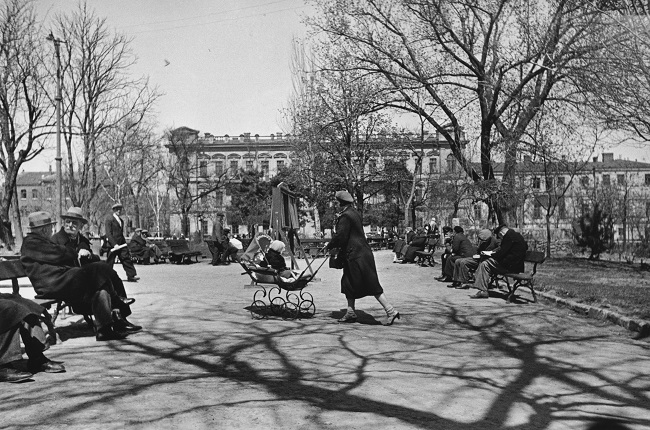
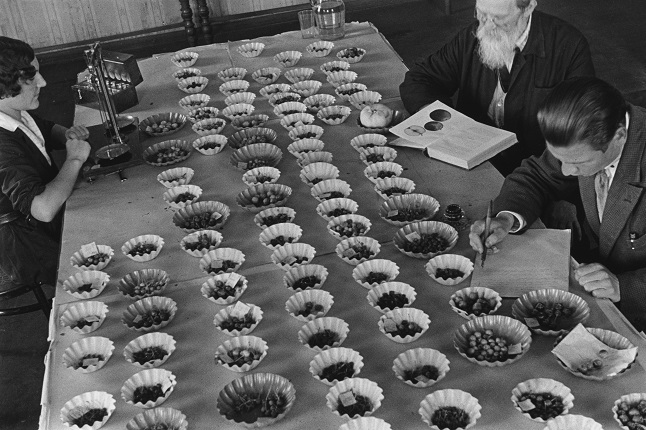
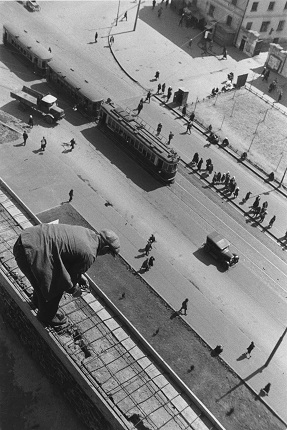
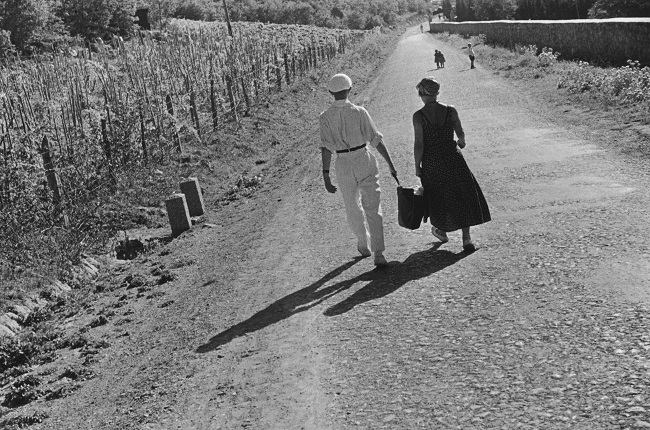
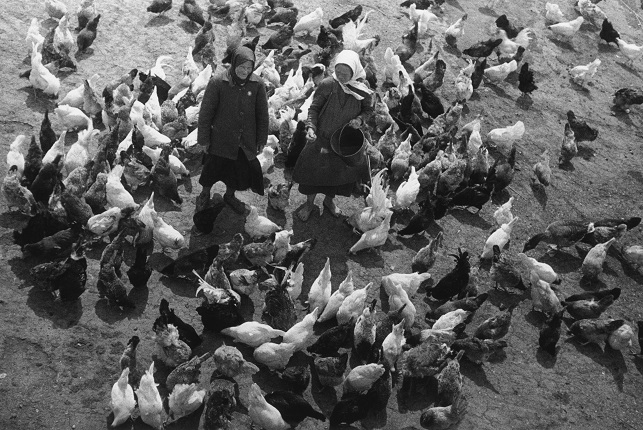
Mikhail Prehner. Rostov-on-Don, 1937. Silver-gelatin print
Mikhail Prehner. Untitled. 1930's. Silver-gelatin print
Mikhail Prehner. Picnic. From the Pereslavl-Zalessky series. 1940. Silver-gelatin print
Mikhail Prehner. In the steppe. For the book "The First Horse". 1935. Silver-gelatin print
Mikhail Prehner. Red cavalry. For the book "The First Horse". 1935. Silver-gelatin print
Mikhail Prehner. The summer day. 1937-1938. Silver-gelatin print
Mikhail Prehner. Northern river station. Moscow, 1937-1938. Silver-gelatin print
Mikhail Prehner. Rostov-on-Don, 1937. Silver-gelatin print
Mikhail Prehner. Institute of plant growing. Leningrad, the 1930s. Silver-gelatin print
Mikhail Prehner. Moscow, the mid-1930s. Silver-gelatin print
Mikhail Prehner. Summer. The mid-1930's. Silver-gelatin print
Mikhail Prehner. Peasant cares. 1934. Silver-gelatin print
Share with friends
As part of the Classics of Russian Photography programme and Photobiennale 2018
For the press
Mikhail Prekhner. New Additions to the Museum’s Collection
Curators: Anna Zaitseva, Elena Misalandi
As part of the Classics of Russian Photography programme and Photobiennale 2018
The exhibition ‘Mikhail Prekhner. New Additions to the Museum’s Collection’ is MAMM’s second look at the legacy left by this outstanding representative of Russian avant-garde photography. In 2013 MAMM organised a retrospective to rediscover Prekhner’s oeuvre, since his work had not been exhibited since the late 1930s.
This new exhibition created by MAMM shows images by Prekhner that have only survived as negatives. They were preserved by Prekhner’s daughter Natalia Mikhailovna. The majority of photographs were not attributed. Attribution, including clarification of subject matter and dates, has been accomplished by the museum’s own specialists. For instance, in one of the shots a man reads a newspaper. The headline ‘Flood in Austria’ was caught in the frame. This occurred in 1939, so Prekhner’s image can also be dated to that year. In another shot we were able to distinguish the name of the Udarnik yacht. The Udarnik and Pioneer were the first cruiser yachts built in the USSR. They were tested in a large-scale voyage around Scandinavia in 1934. We therefore conclude that the image dates from the same year.
The exhibition features pictures taken for the ‘First Cavalry Army’ album (Alexander Rodchenko and Varvara Stepanova were the designers of this edition), photo reports on the 1st Congress of Soviet Writers and the new Moscow and reportage from trips commissioned by the magazines USSR in Construction and Construction of Machine-Tractor Stations and State Farms in Oirotia, Buryat-Mongolia, Kabardino-Balkaria, Odessa and Leningrad.
Most of the photographs presented at this exhibition were taken in the 1930s. A few images date from 1940 to 1941.
Mikhail Prekhner (1911-1941) decided to become a professional photographer at the age of 17. After graduation from nine-year high school in 1928 Mikhail started work at the editorial offices of Radioslushatel (Radio Listener) and Govorit Moskva (Moscow Calling), then became a correspondent at Soyuzfoto and photo reporter for Izvestia newspaper.
In 1931 Prekhner was invited to prepare comprehensive albums such as ‘First Cavalry Army’, ‘Socialist Industry’, ‘Pioneering’, ‘Universities’, etc. From 1932 he worked as a staff member of the legendary magazine USSR in Construction.
Prekhner’s work was shown at the ‘Masters of Soviet Photo Art’ exhibition in 1935. The jury included such eminent figures as Alexander Rodchenko, Sergei Eisenstein and Alexander Grinberg. The exhibition was reviewed in the sixth issue of Soviet Photo, and a separate article was devoted to Prekhner in the Profiles of Masters section. Attention was drawn to the young photographer’s unquestionable talent, his masterly skill and ability to use Rodchenko’s formal discoveries such as sharp angles, the ‘oblique’ slant and shots from higher or lower vantage points, but the undoubted lyricism and freshness of Prekhner’s approach was also noted with surprise and admiration.
In the 1930s Mikhail Prekhner’s work was displayed at dozens of international photography exhibitions and invariably received the highest awards. It seemed that a long and successful life lay ahead.
Yet Mikhail Prekhner was only 30 when he died. In August 1941 he was dispatched to report on the fighting in Estonia. He was stationed there with a group of Soviet soldiers defending the boundaries of Tallinn. Just as the troops fired to their last cartridge, Prekhner recorded these tragic events to the very end and perished in the bombing on 27 August, the day before Tallinn fell to the Germans.











